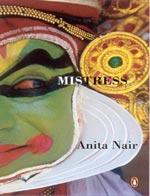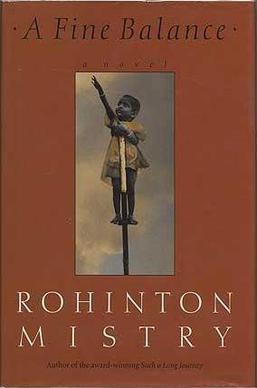Tuhin A Sinha's debut novel 'that thing called Love' has the magic of a Bollwood entertainer! The plot is gripping with lots of twists and turns to keep you completely engrossed in the flow of the story. The novel revolves around the lives of three friends, Mayank, Anil and Vishal, who work in a leading matrimony website. While Mayank is looking for a prospective bride for himself, the other two friends are married and have their own woes to deal with- Anil has a wife carrying the luggage of her past affair and Vishal gets a strange kick out of cheating on his wife. The complications grow when Mayank falls in love with a married, Revathi. The entangled relationships between different characters is what keeps one tied to the book. A vivid exploration of love, lust and marriage makes it a complicated study of the ever-changing urban psychology.
Besides, the skilful unjudgemental narration of the incidents and the responses of the characters to the different episodes in their lives, makes the novel, an interesting read. To add to the interest of the youthful souls, are abundant descriptions of passionate love scenes, though, I must say, they are an integral part of the plot. Sprinkled with lyrics from old Hindi songs and Urdu ghazals, the familiar TV serials and movies, the fictitious world almost comes alive before us.
One such quotation aptly adds to the relationship between Mayank and his love interest in the story-
"Taruf rog ho jaye to usko bhulna behtar,
Taluk bojh ban jaye to usko todana achcha
Woh afsana jise anjaam tak lana na ho mumkin,
Use ek khubsurat mod dekar chhodna achcha."






